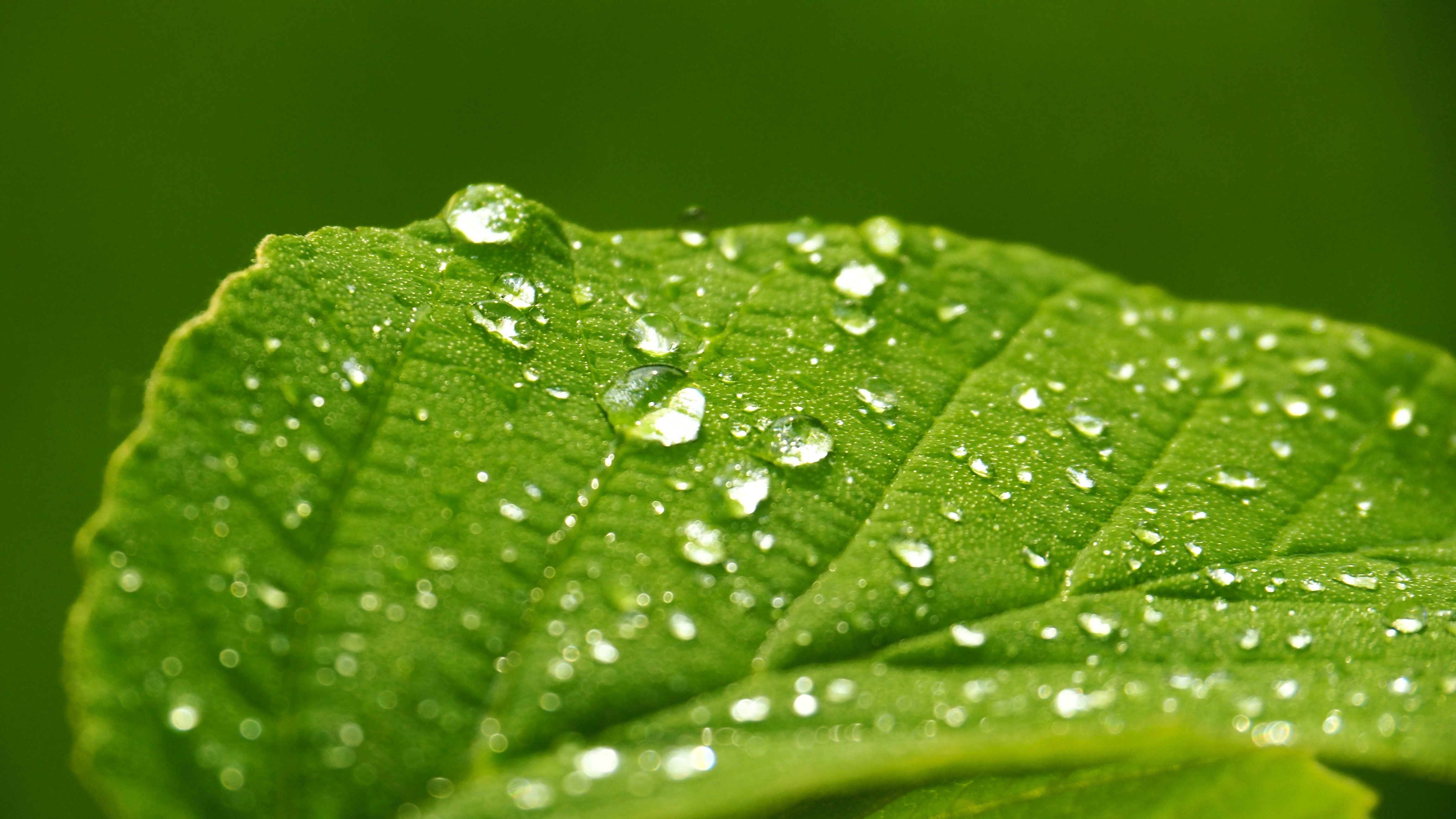
By Nicholas Apodaca, Graduate Assistant
Plants play an essential role in the cycling of water and carbon dioxide through the soil and atmosphere. Across eons, they have evolved to optimize processes that maximize their resource uptake and energy usage. Determining the basic mechanisms of this process is complex, as plants are susceptible to subtle changes in their environment. However, in a time of increased threat from climate change—including dire consequences for plant life—understanding the fundamentals of plants’ processes has the potential to revolutionize how we study plants relationship with ecosystems, water, and carbon.
Gaby Katul, the Theodore S. Coile Professor of Hydrology and Micrometeorology at the Nicholas School of the Environment and the Department of Civil & Environmental Engineering at Duke University, will explore plant hydrology in his upcoming GCSC Seminar Series lecture, “Evapotranspiration: From kinetic theory to the limits of plant life.”
In his research, Katul seeks a comprehensive model of how water moves through plants. This is not a simple task. Scientists have pieced together an understanding of the processes of drawing water from the soil and carbon from the atmosphere—processes that are bound up in complex and dynamic environmental, biological, and physical conditions. Katul hopes to identify what universal traits exist in the transpiration cycles of plants.
“Our thinking was to try and come up with the most general descriptions of these processes irrespective of the biomes,” Katul says. “The idea is to try to connect certain anatomical and physiological features of the plant to the environment. We want to study in the most generic way how environmental changes impact the responses of plants to drought, or elevated carbon dioxide, or elevated temperature.” Understanding the universal components of transpiration in plants can enable a radically holistic model for future research, regardless of biome, he says.
According to Katul, similar models are already used for understanding these processes in other fields. “For example, look at soil,” Katul explains. “There is sand, there is silt or clay, there are a billion combinations of them. But the objective is that if you know something about, say, the pore-size distribution, or the particle-size distribution, can you come up with general transport laws that describe water movement in porous media? We’re trying to do something similar for plants.”
Katul’s research is necessarily interdisciplinary. The physics of transpiration and carbon uptake are equally important factors. Katul has also drawn on economics, “particularly optimization principles where there are no conservation laws. The idea is to grab some techniques that have worked in different disciplines and try to bring them into this issue of plant-water relations.”
Ultimately, Katul thinks this work could lead to a universal model of plant response to environmental change that can inform future plant research. “We know a lot about water transport, carbon flow, energy flow in the plant. We also know that plants have evolved certain strategies, certain coordination among components to try to deal with certain bottlenecks that will pop up,” he says. “So, if we take this information and put it in a mathematical framework, can we interrogate this mathematical framework, and see what’s going to happen to these processes as climatic conditions evolve?”
A universal model will allow scientists to investigate the effects of changing climate on plants worldwide. By seeking a general model for optimization processes in plants, Katul envisions science where, as he puts it, “I am getting the answer right because I know the process that is being impacted by environmental change.”
To learn more, come to the lecture on Tuesday, Oct. 30 at 4 p.m. in Room 210 of the Aline Wilmot Skaggs Biology building.
